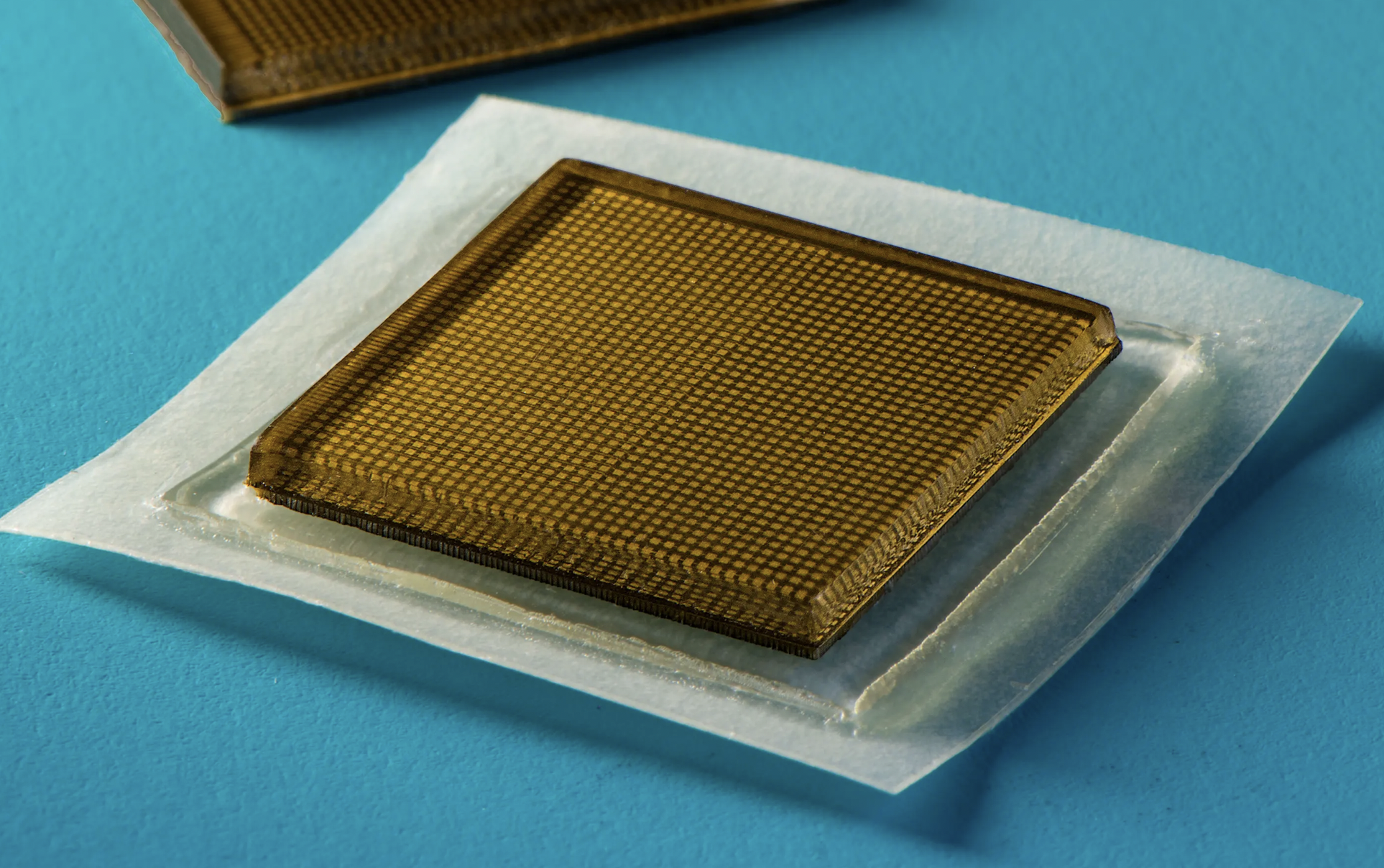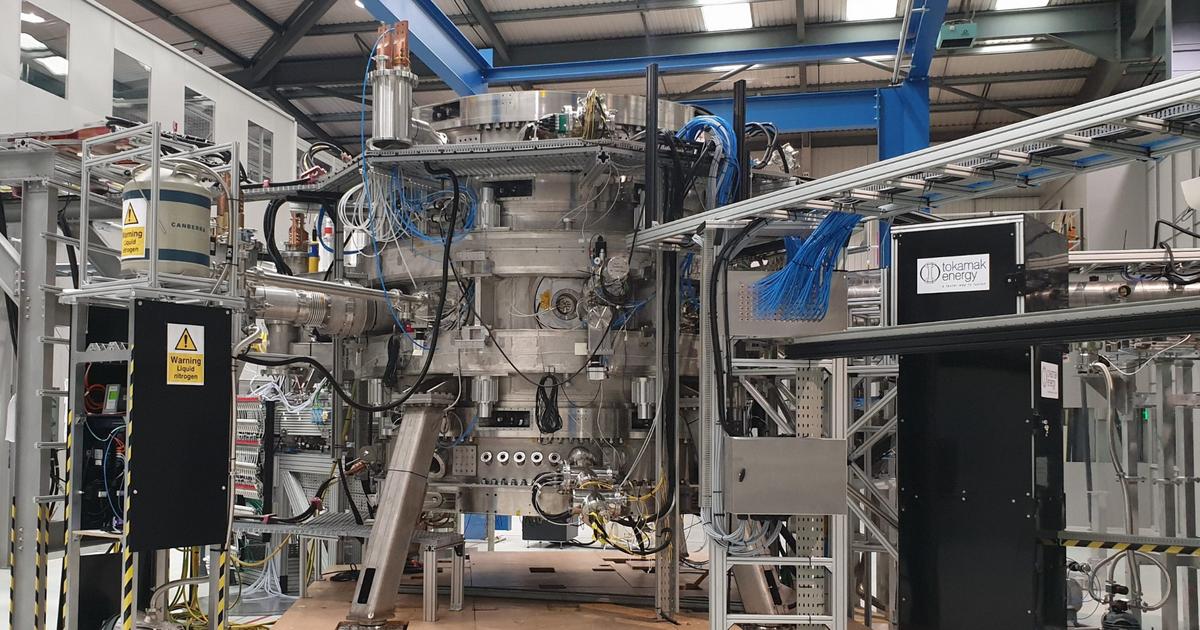MIT engineers have designed stickers to help see our bodies from the inside. This may be the future of ultrasound-based medical diagnosis.
Ultrasound (USG) is probably the safest and most widely used form of medical imaging. However, it is a problem for many as it requires an office visit.
Before starting the examination, the doctor applies a little thick, cold gel to the skin. It is necessary for the correct transmission of ultrasound from the probe to the internal organs and back. After a while, this gel dries out or liquefies the skin, so with longer studies, it must be constantly renewed.
Read also: What determines the strength of metals? MIT scientists discover their secrets
How to improve ultrasound?
Scientists at the Massachusetts Institute of Technology They made a hydrogel covered with a thin flexible film. It is stretchy and stays on the skin for a long time, while transmitting ultrasound waves effectively.
The elastomer prevents the hydrogel from drying out. Only when the hydrogel is highly hygroscopic can sound waves effectively penetrate and provide high-resolution imaging of internal organs.Xiaoyu Chen from the Massachusetts Institute of Technology
The second element of the device is an array of hundreds of small drivers. It is attached to a hydrogel label, allowing for permanent imaging of internal organs.
This combination allows the device to conform to the skin while maintaining the relative position of the transducers to produce sharper and more accurate images.Zhong Wang from the Massachusetts Institute of Technology
The innovative device has been tested in a variety of applications – from running to weightlifting. In each case he showed an accurate picture of the internal organs in a way that was not possible before.
Read also: Surgical suture tape. MIT researchers say it would be more convenient
MIT researchers watched life as the stomach expanded and then contracted when the volunteer drank a glass of juice. Other tests have shown how the device monitors muscles while a person lifts weights, which could allow the user to stop exercising before damage occurs.
Thanks to imaging, we can capture the moment in training before overexertion and stop before the muscles become sore. We don’t yet know when that moment might come, but we can now provide imaging data that experts can interpret.Xiaoyu Chen from the Massachusetts Institute of Technology
Unfortunately, the device is not yet wireless, but it seems only a matter of time. Despite this, there are real applications for this technology. And this is only the beginning.
We visualize multiple patches stuck in different places on the body, and the patches will communicate with the mobile phone, as SI algorithms analyze the images on demand. We think we’ve opened a new era of wearable photography: With some stickers on your body, you can see your internal organs.Xuanhe Zhao from the Massachusetts Institute of Technology

Echo Richards embodies a personality that is a delightful contradiction: a humble musicaholic who never brags about her expansive knowledge of both classic and contemporary tunes. Infuriatingly modest, one would never know from a mere conversation how deeply entrenched she is in the world of music. This passion seamlessly translates into her problem-solving skills, with Echo often drawing inspiration from melodies and rhythms. A voracious reader, she dives deep into literature, using stories to influence her own hardcore writing. Her spirited advocacy for alcohol isn’t about mere indulgence, but about celebrating life’s poignant moments.









